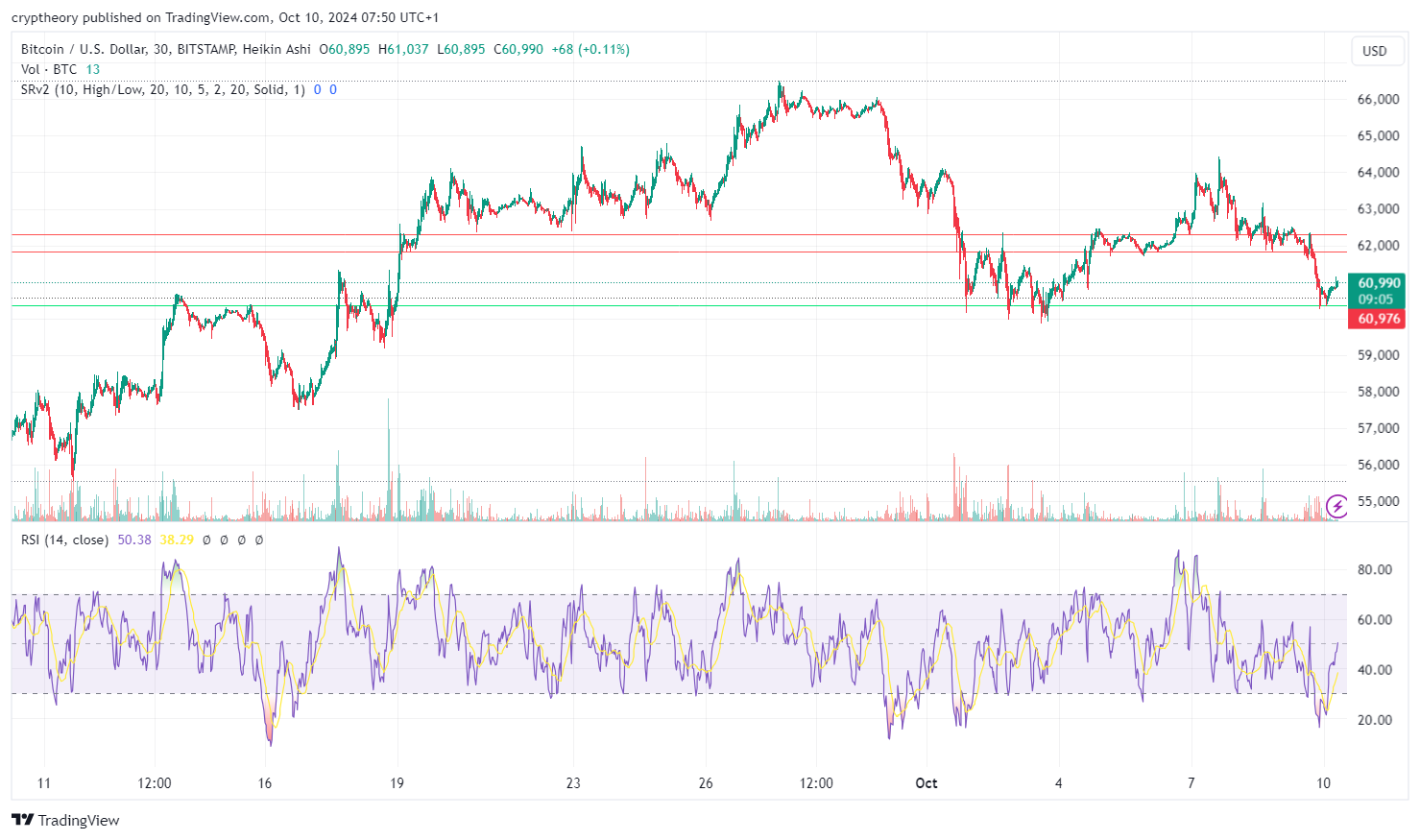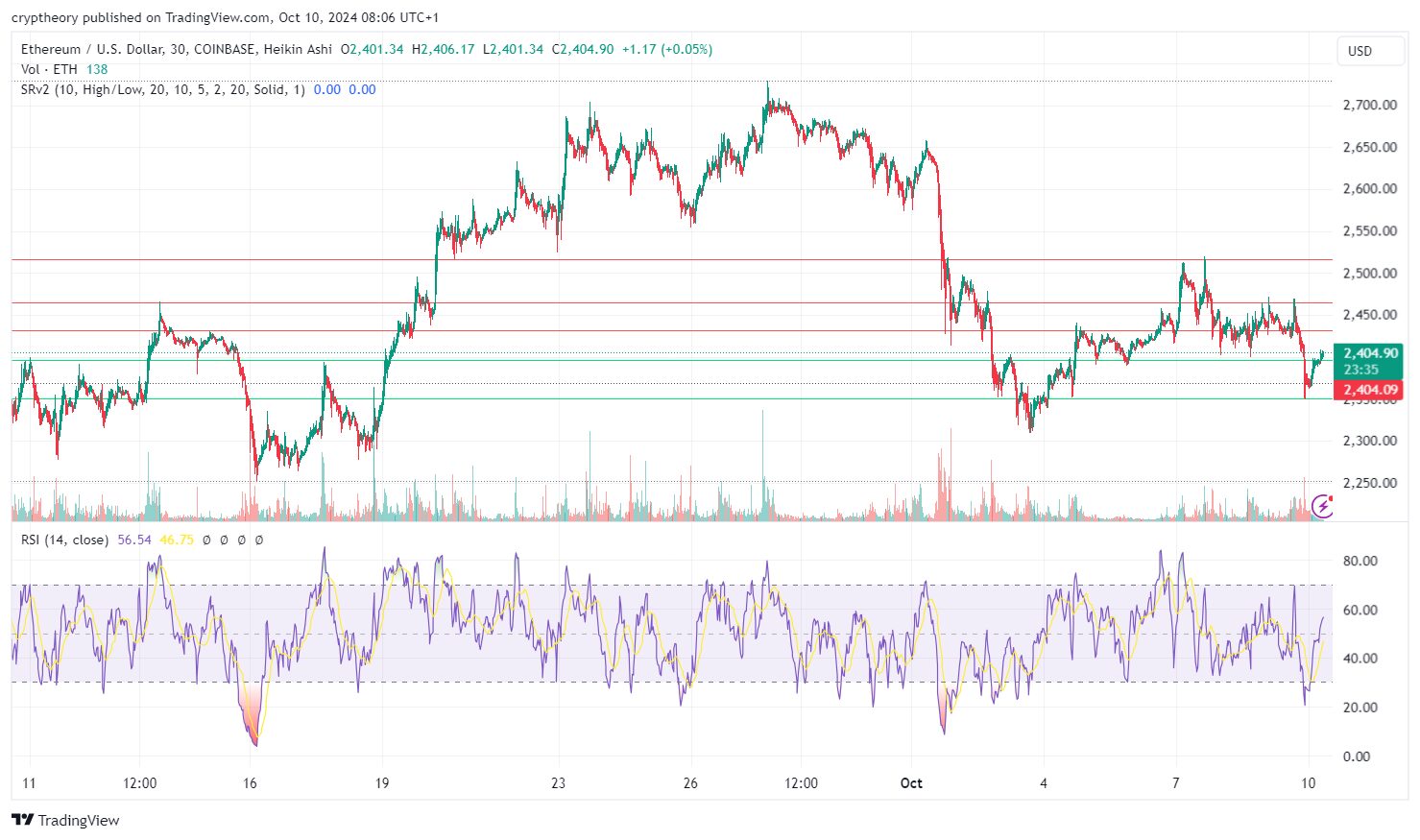In the “DeFi Summer” of 2020, Compound brought the heat by pulling out an old concept, liquidity mining. Its willingness to reward lenders and borrowers in its COMP governance tokens helped make it the biggest lender in all of ETH.
Now, in an effort to keep pace, decentralized finance (DeFi) competitor Aave is trying out its own liquidity mining program. Starting today, the platform will pay its users in Staked Aave (stkAAVE) when they lend or borrow ETH, Wrapped BTC, or stablecoins DAI, GUSD, USDC, and USDT. And we’re not talking about a few extra pennies.
Decentralized finance is the blanket title given to blockchain-based protocols that remove financial intermediaries, making lending and borrowing possible without loan officers or credit checks.
Liquidity mining, also known as “yield farming,” involves pooling your cryptocurrency into a fund so it can be lent out to others—not much different from a savings account or certificate of deposit (the latter of which pays more in exchange for an inability to move it). In exchange for providing the exchange or protocol with liquidity, it rewards you with another type of token.
Aave users already earn staking rewards for staking (ie, locking up) Aave’s native token as well as interest on their deposits. This program allows them to earn additional rewards in stkAAVE. Staked Aave is equivalent in value to AAVE, which is currently priced near $400, according to Nomics. To convert it to the AAVE governance token, they must wait 10 days after receiving it.
In case you’ve ever wondered what comes out of DeFi governance, which places the users in charge of guiding the protocol, this was one of those things. Aave Improvement Proposal (AIP) 16, put forth by venture capitalist and AAVE user Anjan Vinod, called for liquidity mining as a way to attract capital and ensure borrowers can get the loans they need. Moreover, he argued, it would get people to switch to Aave’s version 2, introduced in December 2020. Much of the protocol’s capital is still locked up in v1, the proposal suggested, because of high gas fees on the ETH blockchain, which the protocol is built on top of; users didn’t have enough reasons to move the funds.
“By introducing liquidity mining rewards only on Aave v2, liquidity providers and borrowers will naturally migrate toward the more optimized version,” wrote Vinod.
That’s because the rewards on v2 are supercharged. Right now, AAVE v2 is advertising lenders a variable interest rate of 18% on Tether stablecoin, while borrowers get up to 36%. In v1, those rates are 1% and 7%, respectively.
Liquidity mining is live on @AaveAave L1
pic.twitter.com/7AMAFuT4UB
— stani.eth
=(⬤_⬤)=
(@StaniKulechov) April 26, 2021
As for the nitty gritty, liquidity mining rewards are split equally between lenders and borrowers; for ETH and WBTC, the lenders take 95%. The platform will distribute 2,200 stkAAVE (worth around $1 million) each day proportionally to the six liquidity markets based on their size. The program will run until July 15, at which point Aave users can vote to renew, discontinue, or amend it.
Aave is playing catch up. Uniswap experimented with liquidity mining in October and November of last year. Compound, meanwhile, has been running its program since June. According to a Messari report, Compound had more than $5 billion in outstanding loans by the end of the first quarter of 2021, compared to between $1.5 and $2 billion for Aave.



 =(⬤_⬤)=
=(⬤_⬤)= 




















